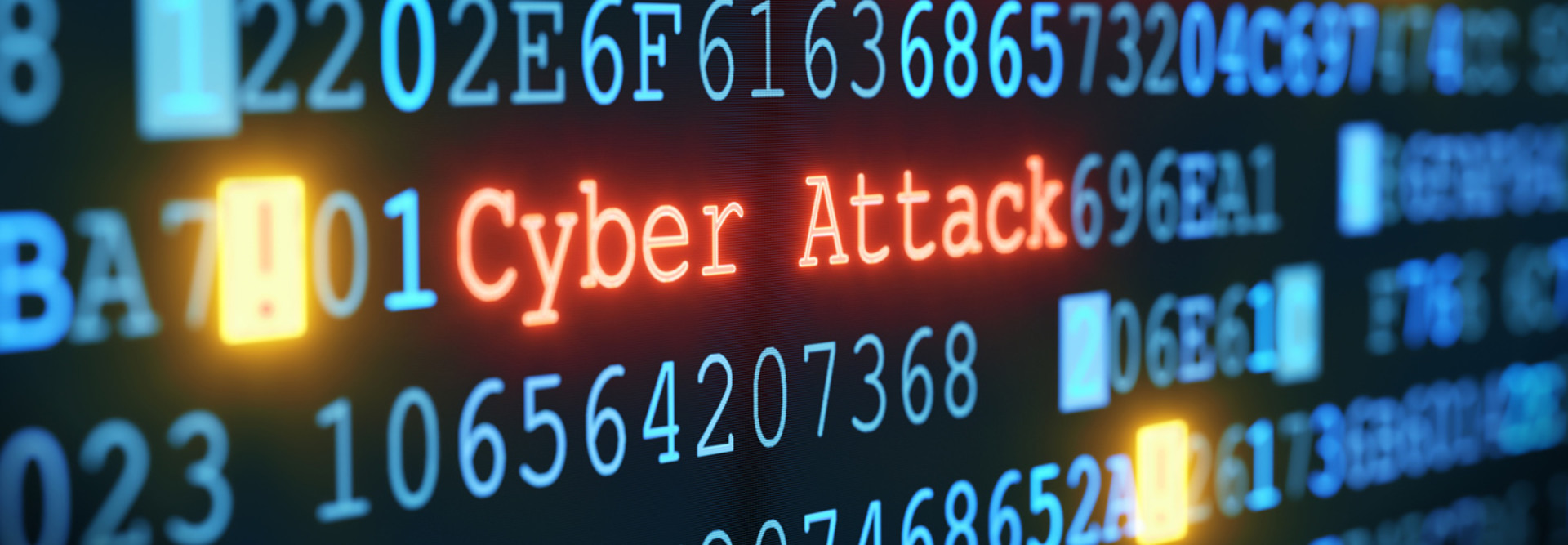How to Keep Your Campus's Digital Signage Safe
Digital signage can be a very effective tool for communicating with students, faculty, staff and campus visitors; however, if the system lacks proper security, any digital signage communications network could quickly become an embarrassment by displaying something an institution would never want to have appear.
Screen content may be animated, static or dynamic, but does your team know whether it’s the most appropriate content? Did someone post unauthorized content that should not be on display? Today’s student millennial population is thoroughly versed in social media and technology, so without taking proper precautions, no one should not be surprised if content on a private network becomes a story during a 6 o’clock local news broadcast.
Think Security First
Often, those who plan and implement digital signage systems, or even those charged with oversight and administration of those systems, do not think of implementing standards to secure their networks. Too often a digital signage communications system is viewed as a simple content publishing system with no need to restrict access. But unanticipated mischief can at best prove inconvenient or, at worst, have grave and costly consequences.
If you are responsible for planning, management or oversight for a campus-wide digital signage communications network, be aware of the issues and concerns related to securing those systems and content, which also means protecting an institution’s brand.
With any digital communications technology the first thing to consider is the physical security of all installed devices. What steps have you taken to secure them — and really how secure are they?
An unsecured media player is an open invitation to meddling and the variety of things that could go wrong should be keeping you up at night. The first and most obvious vulnerability is the fact that equipment can easily be damaged or stolen. Unsecured equipment has a way of disappearing quickly and is costly to replace or repair. Has the lack of precautions made it possible for someone to simply walk up and make your network misbehave? If you’re not sure, ask yourself the following:
- Are digital signs on campus installed in such a way that they are open or secured from behind the fascia?
- Can the content player be restarted without authorization from any individual location?
- Is the BIOS password protected?
- Does the content software auto start?
- Is Bluetooth active, and can devices connect to it?
- Are the USB ports active?
- Are the USB ports physically accessible, or are they secured?
- Is the video output from the player secured? Or, can someone walk up and plug their own device into the display and broadcast whatever they wish?
The second most important piece to worry about is logical or network security. Precautions should be taken with each content player or you could expose the entire digital signage communications network system to attack. Such a lapse will also provide an easy attack vector into the data center, exposing personnel, personal data and potentially any sensitive data that resides on any university systems that communicate with the network or share servers.
A quick list of network security checks should include the following questions:
- Has the information security staff scanned the network it for vulnerabilities?
- Is the system being scanned for vulnerabilities on a regular basis?
- Is your network and any devices connected to it firewall enabled?
- Have you patched the system? Are you certain that it is patched?
- How are you monitoring the system regularly to ensure its health?
- Are you treating your media players like managed devices or appliances?
There’s a lot more to think about when deploying a digital signage communications network. Make it a point to understand best practices to protect your systems and service from being compromised, protect your institution’s brand and your job.
Ed Dickison will co-present a general conference seminar at EduComm Expo 2015, “Staying Off the 6 O’clock News: What You Need to Know About Keeping Your Digital Signage Network Safe,” from 3 to 4 p.m. Sept. 30th at the Georgia World Congress Center. Visit EduCommExpo.com for more information and to register.








